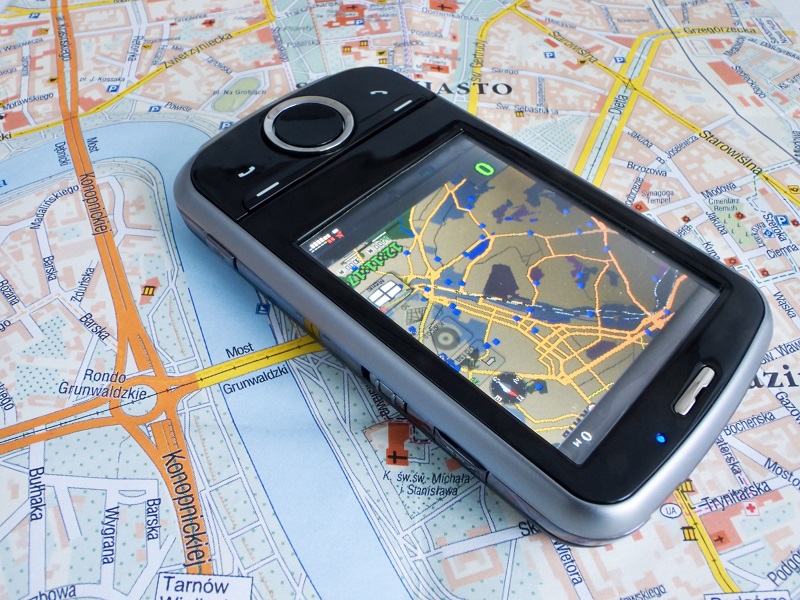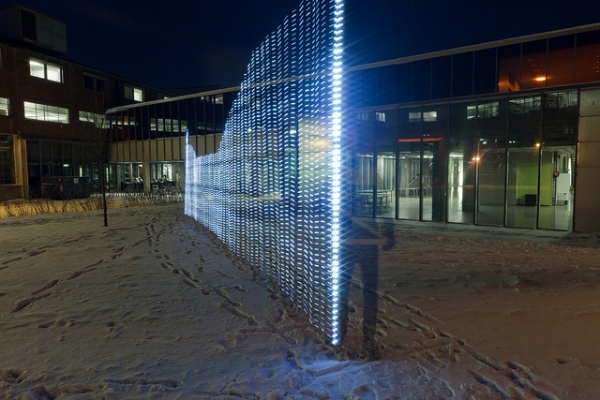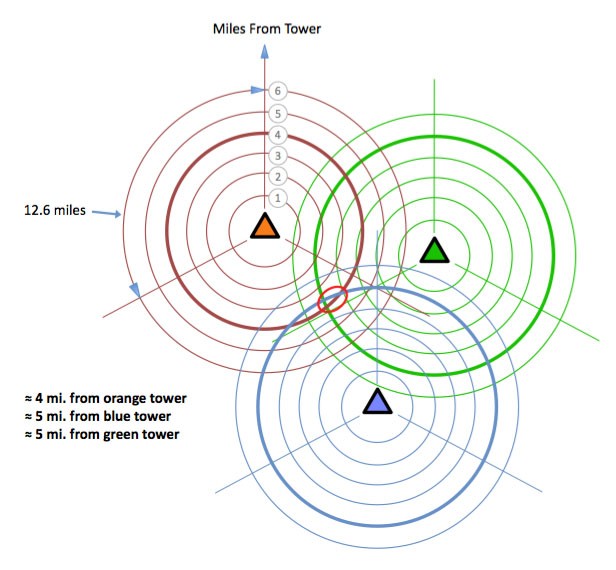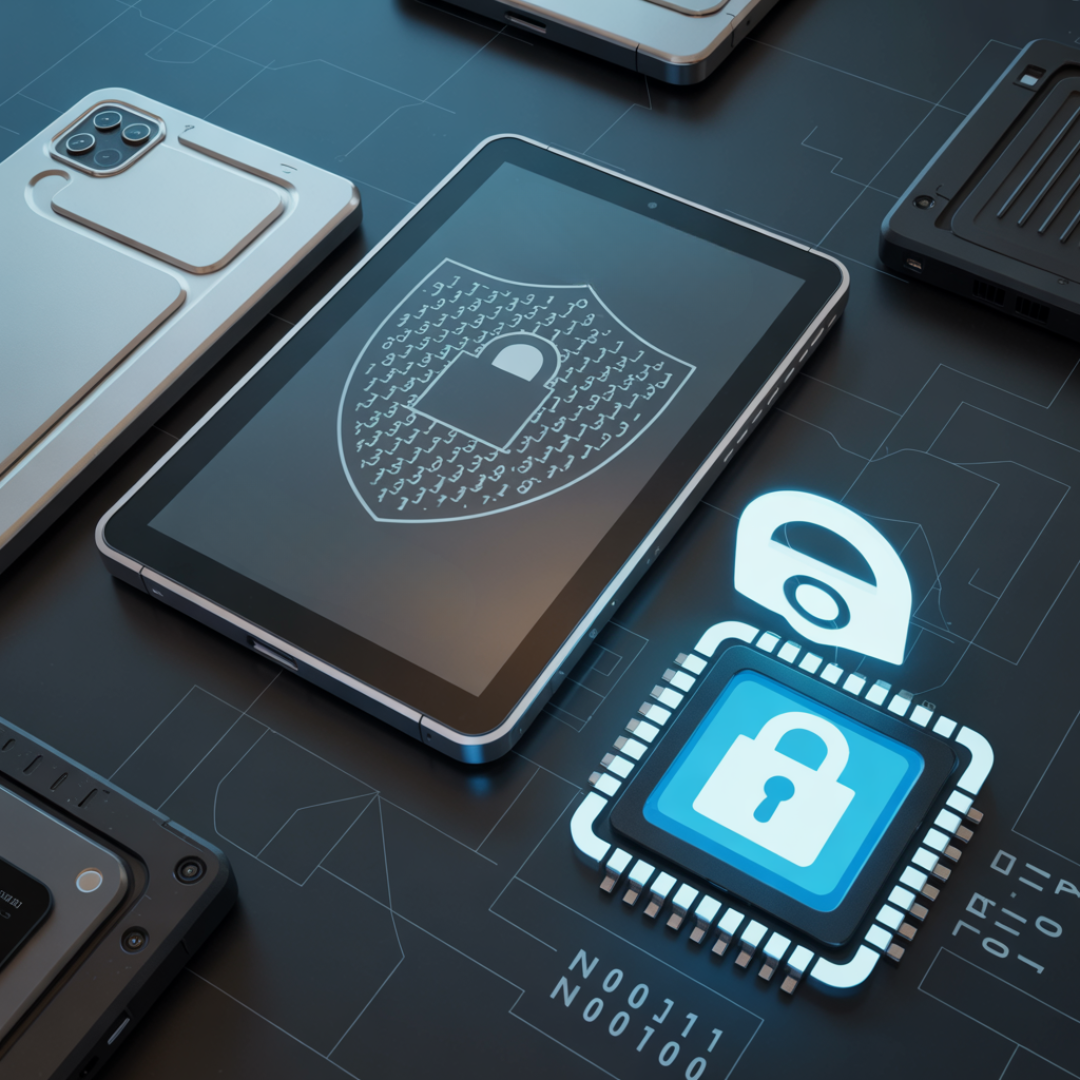What are the different ways to track your valuables?
Location tracking is not a single technology but rather multiple technologies that can work together or individually to create tracking systems.
Some of the current technologies that are used for tracking are:
- GPS tracking/Glonass
- Bluetooth
- Wi-Fi
- Cell ID Triangulation
- RFID
- Microchipping
What is GPS (Global Positioning System) Tracking?

GPS tracking uses the Global Positioning System to determine and track precise locations at intervals. It was created and is maintained by the United States government and it is freely accessible to anyone with a GPS receiver.
“It is a space based navigation system that provides location and time information in all weather conditions, anywhere on or near the Earth where there is an unobstructed line of sight to four or more GPS satellites”, Wiki.
Most monitored GPS tracking devices use a SIM card and come with subscription fees. While GPS offers global coverage, a device’s coverage depends on the network carrier.
There may also be added roaming charges when using a device in foreign countries (to the SIM provider) however there are also solutions (such as iTraq) out there that use a global sim card with no added roaming fees.
Glonass
Glonass (Global Navigation Satellite System) is Russia’s version of GPS. GPS uses a network of 31 satellites that cover the planet while Glonass has a network of 24. Below you can see a table of specs comparing them.
While Glonass doesn’t have any real advantages over GPS, if it is used with GPS a more accurate location track can be gathered.
Bluetooth Tracking

Bluetooth Low Energy (BLE or Bluetooth 4.0) has opened the door for far more uses of bluetooth, a popular use is tracking.
Because of the extremely low energy being used by BLE the device can survive off a tiny battery for up to a year without needing a recharge. This has lead the way for the tiny bluetooth tracker tags (pictured) that can be attached to a set of keys, wallet/purse, pet etc…
How does it work?
These offer a much different solution to GPS/Glonass tracking. The bluetooth tracking device can have a range of up to 200 feet in theory however you would normally expect it to be between 20-50 feet.
The idea being that the tag is in constant connection with your smartphone which can then alert you if you get separated from the tag.
These trackers do not have the ability to provide location information except when it’s in the range of a connected phone. When it’s not connected to a smartphone via Bluetooth it just shows you where the its last location was before it lost the connection.
These devices can be customised to include lights and buzzers so that the device is easier to find.
Wi-Fi Positioning System (WPS)

“Wi-Fi positioning system (WPS) or WiPS/WFPS is used where GPS and GLONASS are inadequate due to various causes including multipath and signal blockage indoors. Such systems include indoor positioning systems. Wi-Fi positioning takes advantage of the rapid growth in the early 21st century of wireless access points in urban areas”, Wiki.
Cellular ID – Triangulation
Every cell phone can be traced using cellular ID tracking. The location is attained using triangulation, where 3 cell towers are used to give an approximate location to the cell phone in question. Cell towers are constantly pinging the cell phone to provide service so the devices whereabouts and path of travel can be determined.

This is not the most accurate method of tracking and the accuracy of the location depends on the density of the cell tower population.
RFID Tracking

RFID tracking is commonly used for microchipping animals. Using RFID technology does not require a power source like the other tracking technologies.

When a NFC scanner is passed over the RFID chip the chip gets enough power from the scanner to transmit the chip’s ID number. Since there’s no battery and no moving parts, there’s nothing to keep charged, wear out, or replace.
Microchipping
Microchips are not really tracking devices but rather RFID implants that provide permanent ID for your pet/animal.
These will not help you to locate your pet/animal but instead help someone locate you (from the information contained in the chip) if they find your pet/animal. Unlike a collar these are not easily removable if strictly surgically implanted.
Why is tracking so important?
Security! Security and safety are two of the most popular reasons for tracking. We have so many valuable things/people in our lives that it is extremely useful to know where they are, especially if they are lost or have being stolen.
Some people, for example a photographer, could have their livelihood in a bag or case. The value of having the piece of mind to at anytime accurately locate that camera bag if it went missing carries a high value.
Tracking technology is not new, but it’s getting cheaper and easier to obtain. The demand for this security and safety is becoming much more popular amongst consumers and in businesses in the age of “Internet of things’ or IOT devices.
The above technologies can be made low cost and in multiple form factors allowing tracking to be embedded into other products like bikes, bags, and other expensive items. Tracking is a major piece of the new connected world being created everyday. To learn more about the possibilities of tracking devices feel free to contact us for more info.
What do people want/need to track?
The different things that can be tracked is vast. Below lists some of the more common things that tracking technology can be used for:
People Tracking
- Children
- The Elderly
- Employees
- Significant others
Animals
- Pets
- Livestock
- Endangered Species
Assets
- Luggage
- Wallet
- Packages/Parcels
- Electrical equipment – Camera, laptop, amps etc
Vehicles
- Cars
- Fleets
- Taxis
- Buses
- Delivery Vans
As usual -> Hope this helps and that you enjoy!
Garry @ Hatch
PS: If there is any topic you’d like me to cover just send me an email or a tweet.



